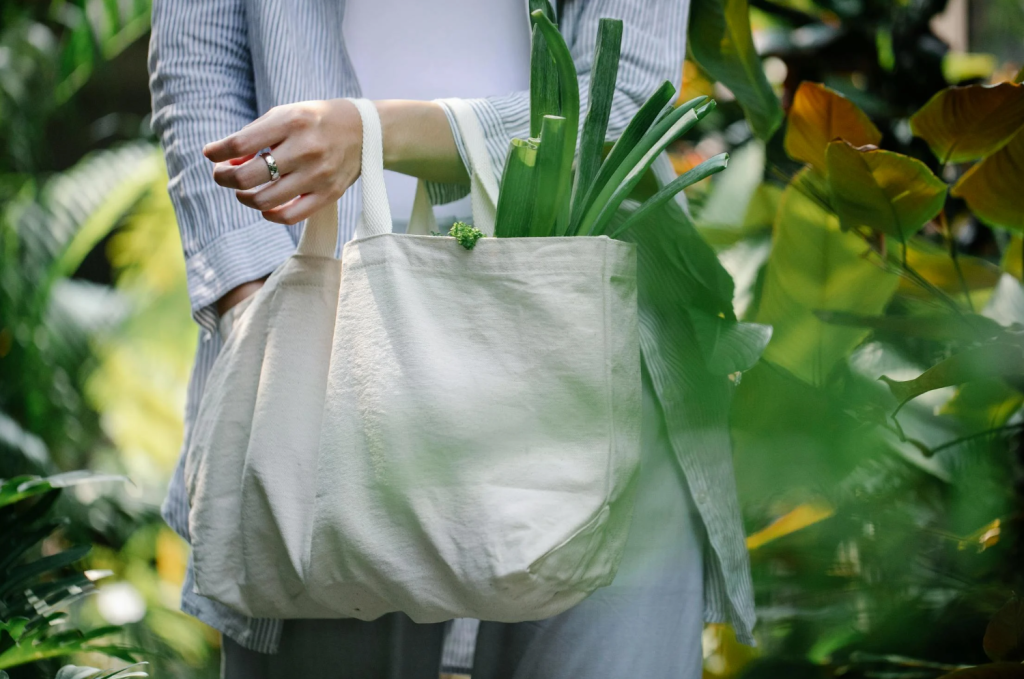Introduction to Sustainable Fashion
Sustainable fashion is more than just a buzzword; it’s a movement that’s reshaping the way we think about clothing. But what exactly does it mean? Let’s dive into the world of sustainable fashion and discover why it’s crucial for our planet.
What is Sustainable Fashion?
At its core, sustainable fashion refers to clothing that is designed, manufactured, and distributed in a way that is environmentally and socially responsible. This means using eco-friendly materials, reducing waste, and ensuring fair labor practices throughout the supply chain.
Why is Sustainable Fashion Important?
The fashion industry is notorious for its environmental impact. From excessive water usage to harmful waste production, traditional fashion practices contribute significantly to pollution and resource depletion. Sustainable fashion offers a way to mitigate these effects and promote a healthier planet.
Key Trends in Sustainable Fashion
As more consumers become aware of their purchasing power, several exciting trends are emerging in the sustainable fashion landscape.
Upcycling and Recycling
One of the most innovative trends is upcycling, which involves transforming old or discarded materials into new fashion pieces. This not only reduces waste but also adds a unique touch to each item.
The Rise of Upcycled Brands
Brands like Reformation and R29’s The Goods are leading the charge, creating stunning pieces from salvaged materials. These companies prove that sustainability doesn’t have to sacrifice style.
Ethical Sourcing and Transparency
Today’s shoppers want to know where their clothes come from. Ethical sourcing involves selecting materials and labor practices that respect both the environment and the people involved in the production process.
Brands Committing to Fair Labor Practices
More brands are committing to fair labor practices, ensuring that workers are paid fairly and work in safe conditions. Companies like Everlane are transparent about their pricing and production processes, allowing consumers to make informed choices.
Eco-Friendly Materials
Sustainable fashion often involves using eco-friendly materials that have a lower impact on the environment. This includes organic cotton, bamboo, and hemp.
Organic Cotton, Hemp, and Beyond
Organic cotton is grown without harmful pesticides, while hemp requires minimal water and grows quickly. These materials not only reduce environmental impact but also create durable and comfortable clothing.

Slow Fashion Movement
In contrast to the fast fashion trend, the slow fashion movement emphasizes quality over quantity. It encourages consumers to invest in timeless pieces that last longer and reduce the need for constant replacements.
The Value of Quality over Quantity
By focusing on quality, consumers can reduce waste and create a more sustainable wardrobe. Brands like Patagonia promote this philosophy, encouraging customers to repair and reuse their clothing rather than throw it away.
The Role of Technology in Sustainable Fashion
Technology is playing a crucial role in transforming sustainable fashion, from fabric production to supply chain management.
Innovations in Fabric Production
Advancements in technology have led to the development of innovative materials that are both sustainable and stylish. For example, companies are creating fabrics from recycled plastic bottles, turning waste into fashion.
Sustainable Supply Chain Management
Tech solutions are streamlining supply chains, making it easier for brands to track their materials and ensure ethical practices throughout the production process.
How to Shop Sustainably
Shopping sustainably doesn’t have to be difficult. Here are some practical tips to help you make eco-friendly choices.
Tips for Eco-Friendly Shopping
- Research Brands: Look for brands that prioritize sustainability and ethical practices.
- Choose Quality Over Quantity: Invest in fewer, high-quality items that will last longer.
- Buy Secondhand: Thrift stores and online resale platforms are great for finding unique, sustainable pieces.
Building a Capsule Wardrobe
Creating a capsule wardrobe—where you have a small collection of versatile pieces—can simplify your shopping and reduce waste. Focus on classic items that you can mix and match for various occasions.
The Future of Sustainable Fashion
The future of sustainable fashion looks promising, with more consumers and brands prioritizing eco-friendliness.
Predictions and Emerging Trends
As awareness grows, we can expect even more innovative practices, such as digital fashion and virtual fitting rooms, which reduce the need for physical production.
Conclusion
Sustainable fashion is not just a trend; it’s a necessary shift in how we approach clothing and consumption. By embracing these trends, we can make informed choices that benefit both the planet and ourselves.
FAQs
- What is the difference between sustainable and ethical fashion? Sustainable fashion focuses on reducing environmental impact, while ethical fashion emphasizes fair labor practices.
- How can I start shopping sustainably? Begin by researching brands, opting for quality over quantity, and exploring secondhand options.
- Are there sustainable fashion brands that are also stylish? Yes! Many sustainable brands offer trendy and stylish options, such as Reformation and Eileen Fisher.
- What materials are considered eco-friendly? Common eco-friendly materials include organic cotton, hemp, Tencel, and recycled fabrics.
- What is the slow fashion movement? The slow fashion movement promotes quality clothing over fast, disposable fashion, encouraging consumers to invest in durable pieces.

